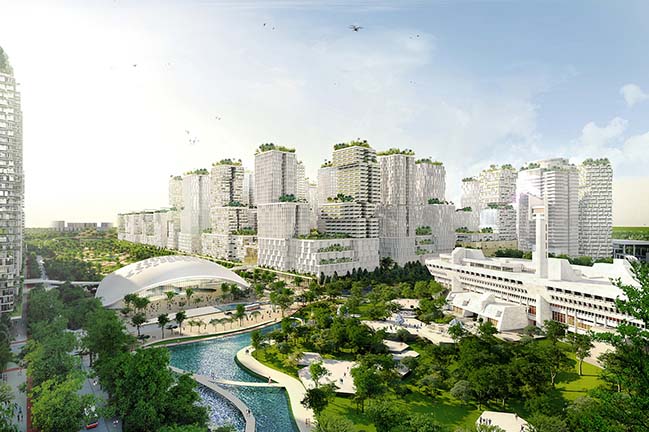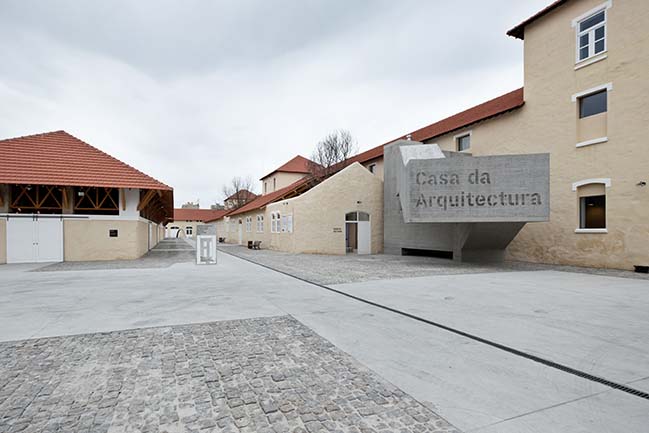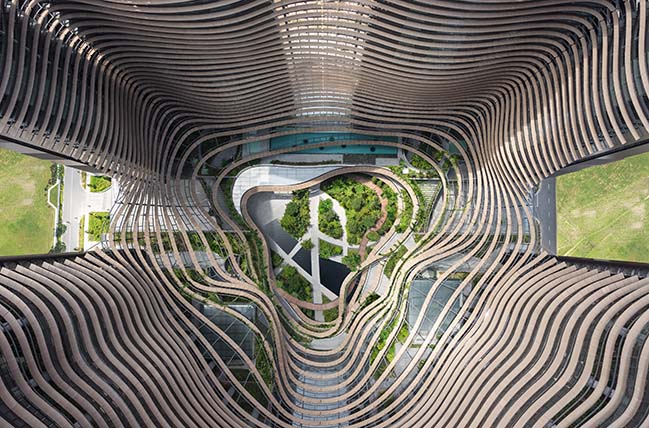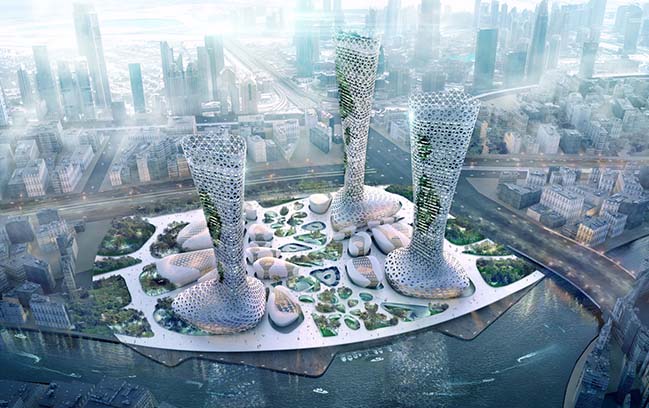01 / 03
2018
Town Hall by Ingenhoven Architects is the new building of the first construction phase of the new town hall in Freiburg im Breisgau with its administration center and day nursery is the world’s first public building built to the net-surplusenergy standard and accommodates the 840 employees of the City Administration under one roof after they had previously been spread over 16 different sites throughout the city.
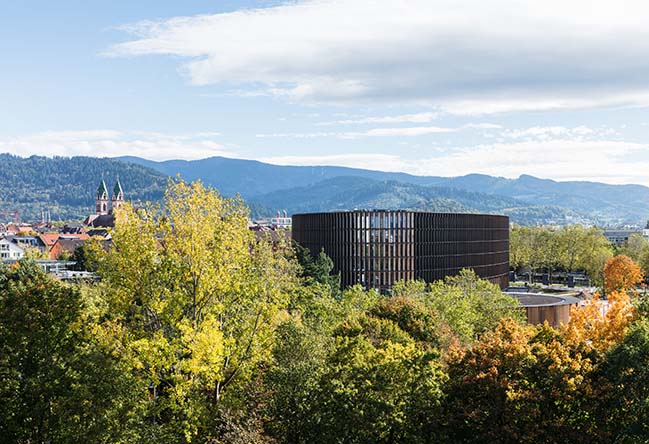
Architect: Ingenhoven Architects
Client: City of Freiburg im Breisgau, represented by Freiburg Property Management Department
Location: Fehrenbachallee 12, 79106 Freiburg, Germany
Year: 2017
GFA town hall: 24,215 m²
GFA day nursery: 1,900 m²
Team: Christoph Ingenhoven, Hinrich Schumacher, Barbara Bruder, Rudolf Jonas, Ursula Koeker, Bibiana Zapf
Images: © ingenhoven architects / HG Esch
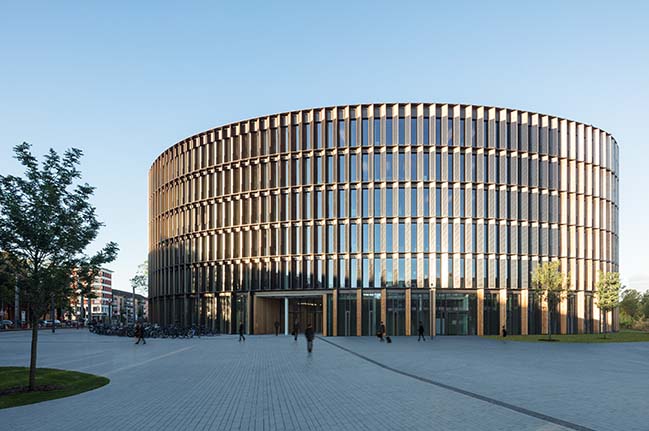
From the architect: The new administration center, which is part of the town hall extension for the City of Freiburg, is designed to provide a stimulus for upgrading the Stühlinger area of Freiburg in terms of town planning and urban design, and to provide a green belt link between Eschholz Park and the University Hospital.
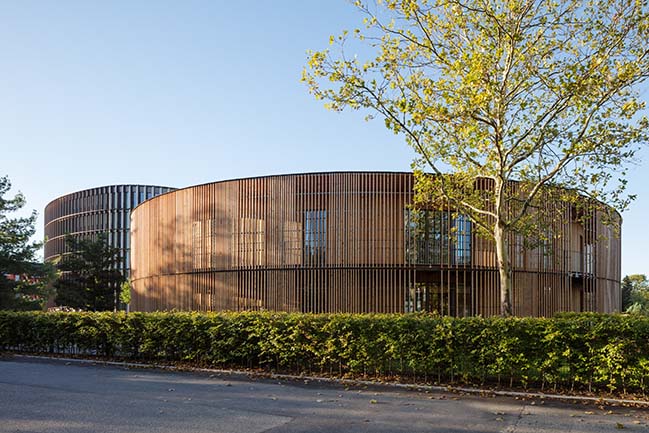
The winning entry by ingenhoven architects to the 2013 international architectural competition embodies the principles of openness and transparency and incorporates a “green campus” concept, in which three building tracts and a day nursery are combined.
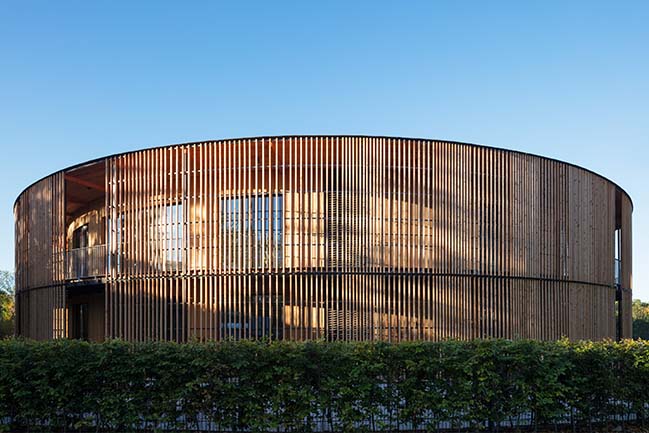
The ensemble of the new town hall buildings is integrated in the green space between Eschholz Park and the University Hospital—the linking effect is reinforced by vistas and a public pathway network. By increasing the public space at Fehrenbachallee, space has been opened up for a new address, thereby creating an attractive public city square. The main entrance to the new building is situated opposite the existing building. The second construction phase will create additional oval buildings providing workplaces for the City’s administration.
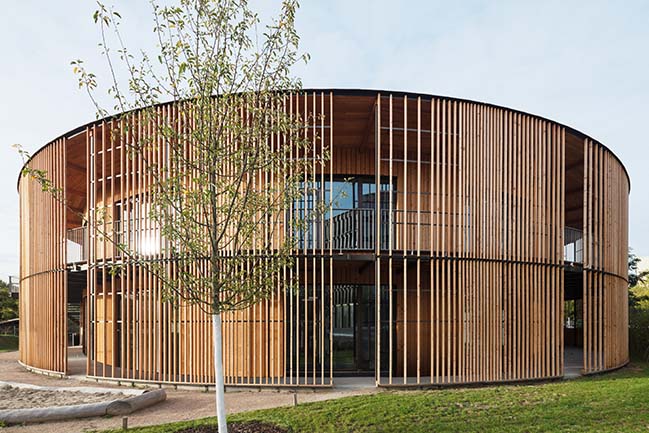
The heart of the new six-story building, which replaces a town hall pavilion from the 1960s, is the citizens’ service center with conference rooms, and staff restaurant on the first floor. The floors above include single and double offices, as well as large team offices with open-plan desk arrangements for the respective departments of the City Administration. Thanks to a variable glazed partition wall system the plan layout of the offices is flexible and reversible. The routes through the town hall are designed in a transparent and open way, allowing easy orientation; there are several areas placed throughout the building that are designed to promote interaction and communication.
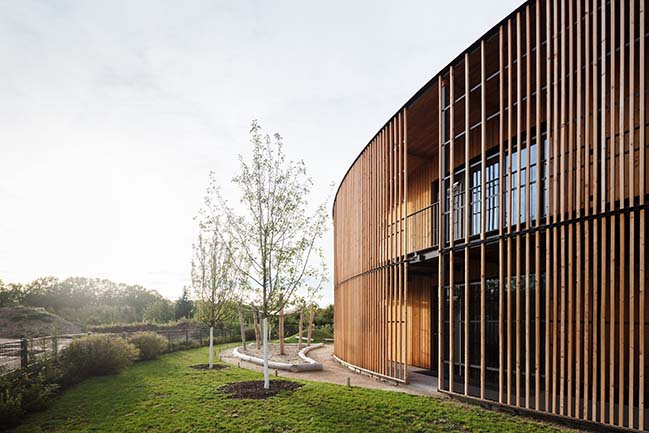
The visual appearance of the two buildings is impressive—the facades feature locally sourced larch wood elements. The facade of the town hall has been constructed using staggered, vertically projecting modules with photovoltaic cells and high-quality thermal insulation. Story-high glazed facade elements are used to optimize the intake of daylight. The facade of the circular day nursery building features narrow strips of vertical timber cladding and large openings with balcony doors, as well as an access balcony at second floor level. The openings have been placed to provide daylight and vistas to the outside while also offering direct access to the building.
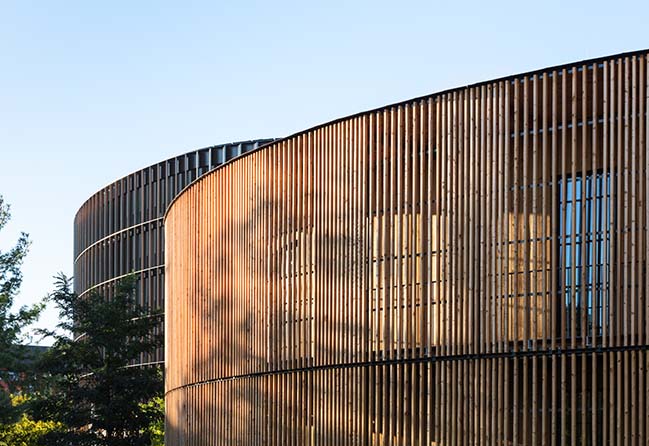
The new Freiburg Town Hall is the first net-surplusenergy building of this category worldwide. The building will generate more energy than it uses throughout the year; excess energy is fed into the city’s mains network. In accordance with the strict criteria of the PassivHaus standard, the primary energy demand of the town hall for heating, cooling, ventilation, and hot water supply is as low as 45 kWh per square meter per year—which is only forty percent of the primary energy demand of comparable modern office buildings.
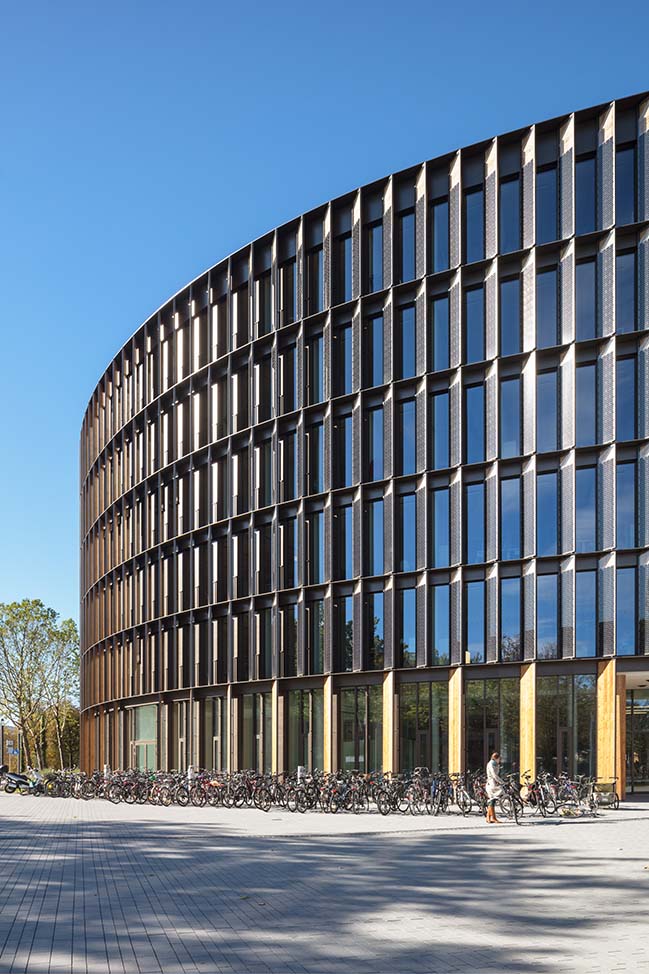
A special effort has been made to apply the principle of sustainability to the building as well as to the energy concept. The design relies on straightforward technical solutions that are economical to operate. The thermal energy required for the building is generated via suction and injection wells and thermal solar panels in combination with heat pumps, while electric energy is generated by photovoltaic panels on the roof and in the facade. The energy for cooling and heating is obtained from a geothermal installation. In addition, thermal mass activation is used for heating, which can be individually controlled in each office. The mechanical ventilation has been enhanced by highly efficient heat recovery.
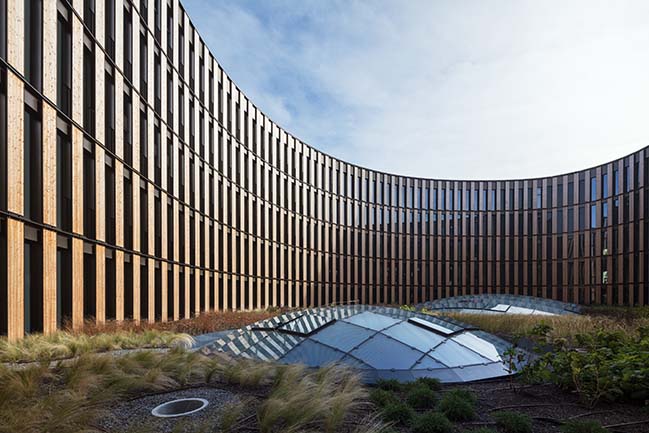
The room climate concept for the offices involves thermal mass activation, heating/cooling sails, external solar screening, triple-glazing, and mechanical background ventilation with heat recovery, which are all part of the energy-saving concept. In addition, users have the benefit of openable ventilation panels which they can use to manually control the room climate by letting in fresh air. In the public areas of the citizens’ service center, restaurant, and conference area, the more complex air-conditioning requirements are met with heating and cooling ceiling systems and a partial air-conditioning system with highly efficient heat recovery.
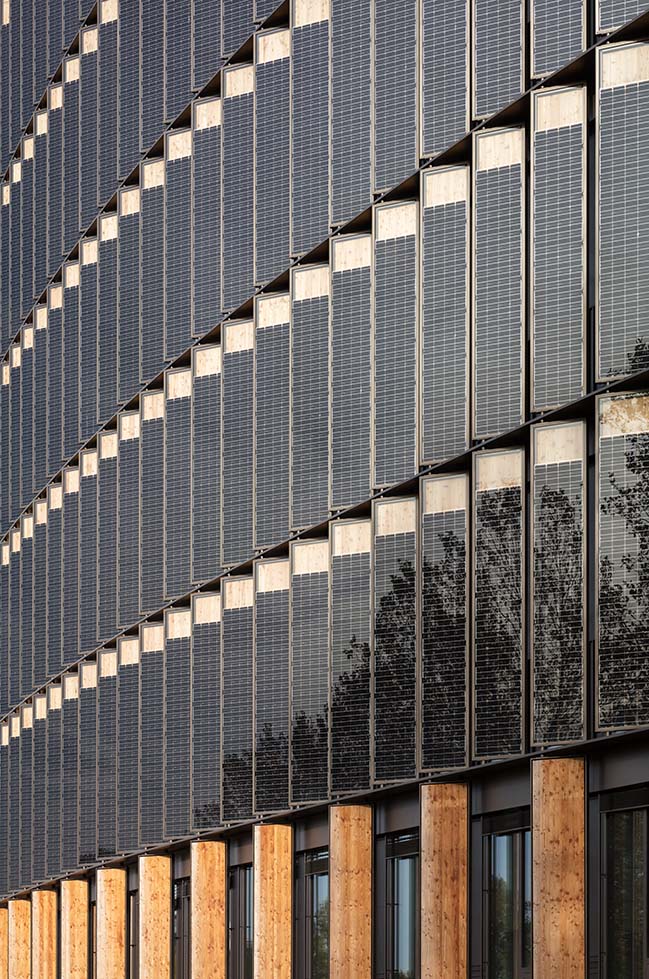
New ways of working in the citizens’ service center The citizens’ service center with its 100 employees offers citizens general and advisory services. All offices and workplaces have been designed for functionality, openness, and working in a flat hierarchy, whilst providing privacy and security. Overall, the spaces appear generous and flowing thanks to their rounded shape, and ensure easy orientation. Large rooflights provide plenty of daylight and offer good vistas to the outside. The downlights in the white perforated ceiling panels have been arranged in seemingly random fashion to create the impression of a “star-studded night sky”. The advisory points are subdivided into four large rotundas, each of their centers being formed by a circular retreat room. The layout of the segmental arch-shaped desks follows a concentric pattern, with vertical acoustic panels used as dividers. To create privacy between adjoining advisory points, 160 cm high visual screens are installed that replicate the round design pattern of the rotundas. A piece of wall art by the Berlin artist Schirin Kretschmann in the midst of the spatial arrangement forms an omnipresent element and the “spine” of the space.Bright materials and surfaces underscore the impression of transparency and clarity; occasional color accents appear within the orange/red spectrum, particularly in the furniture design.
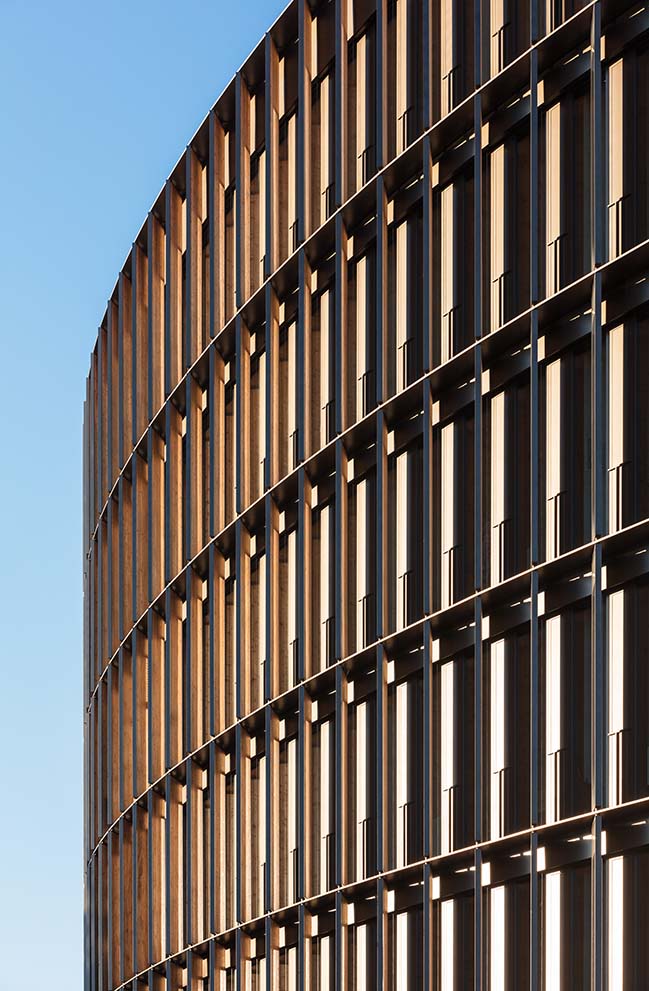
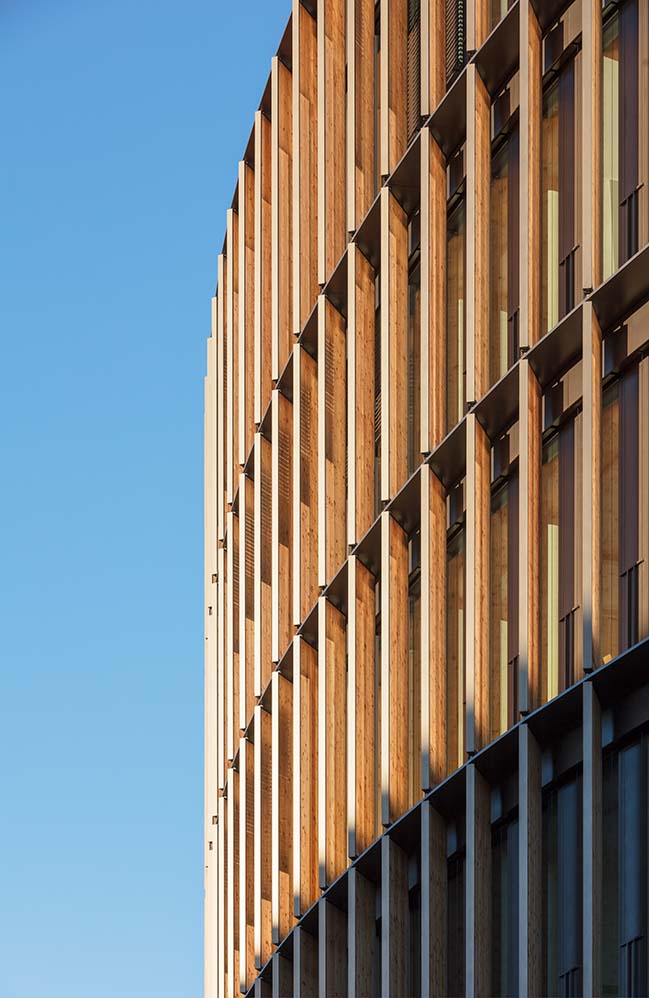
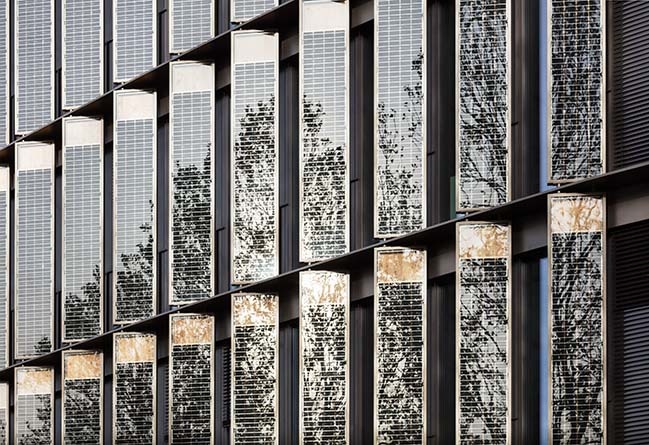
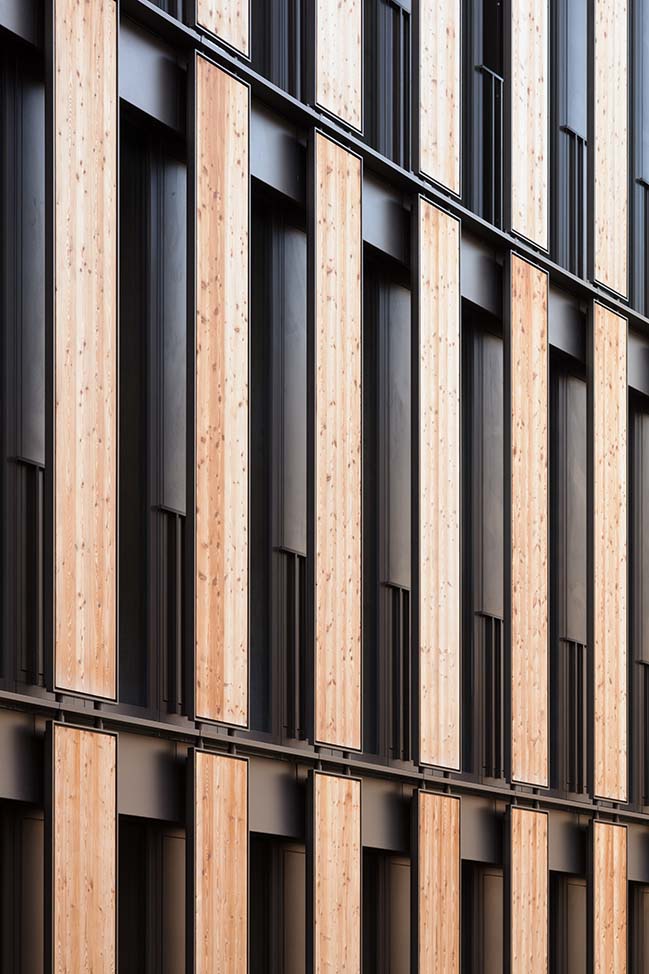
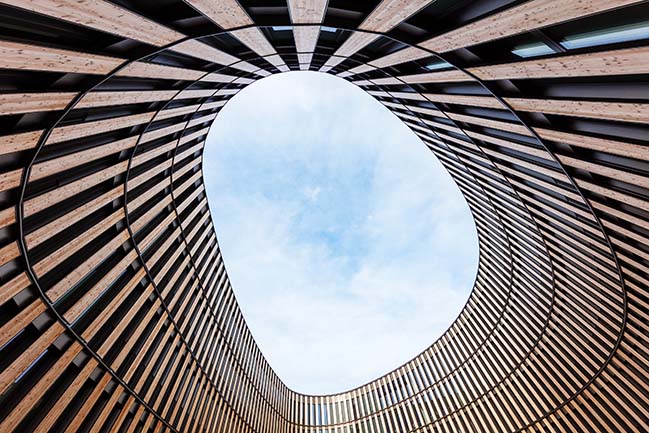
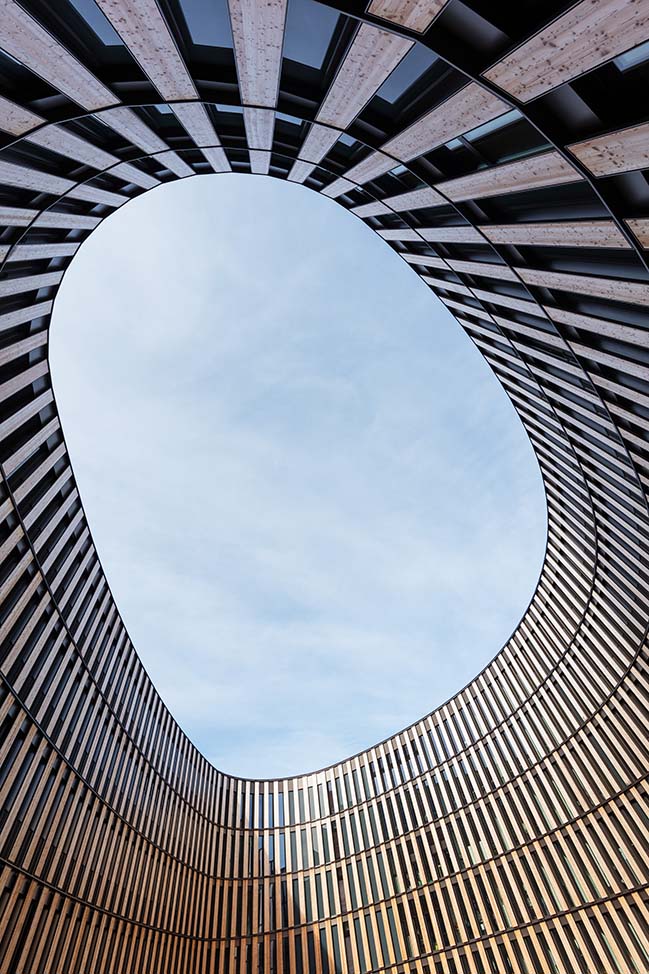
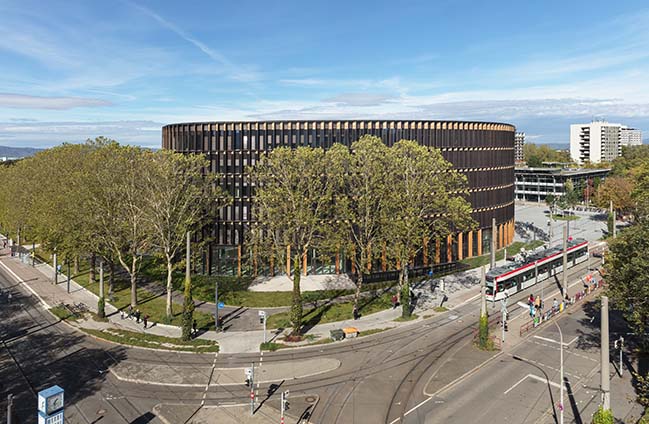
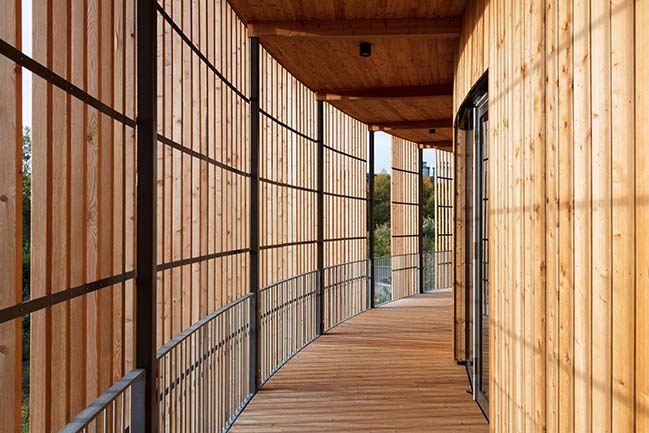
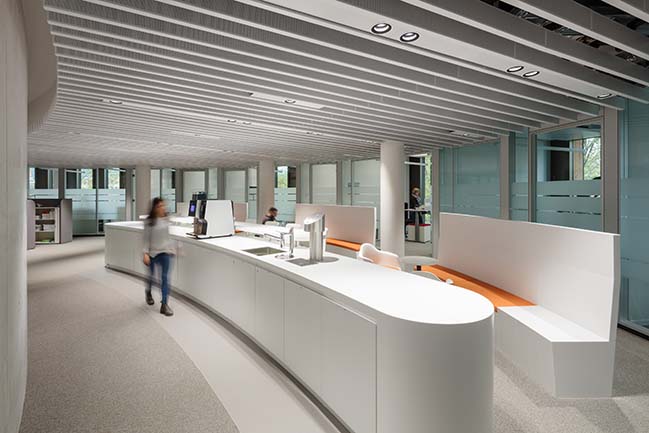
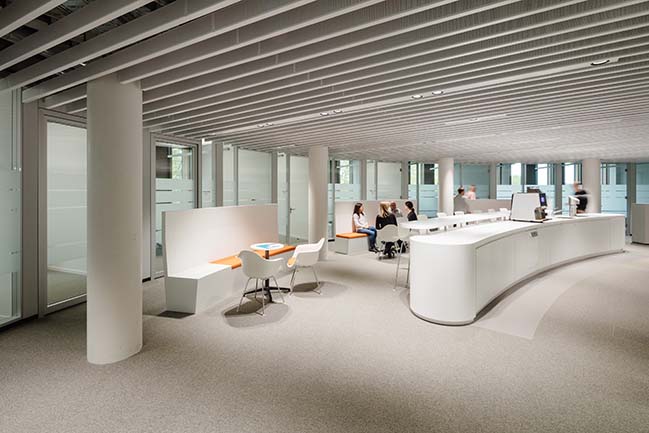
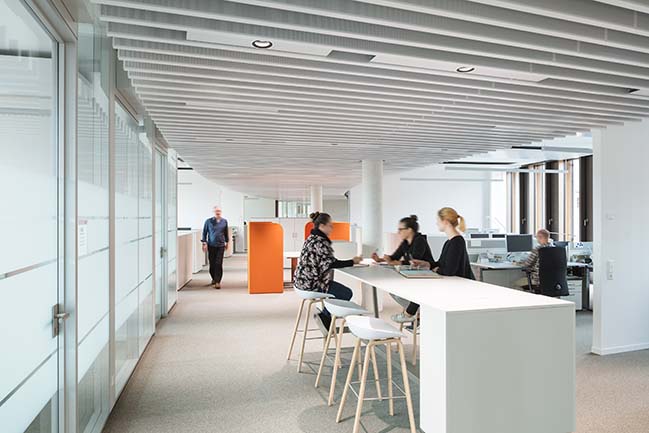
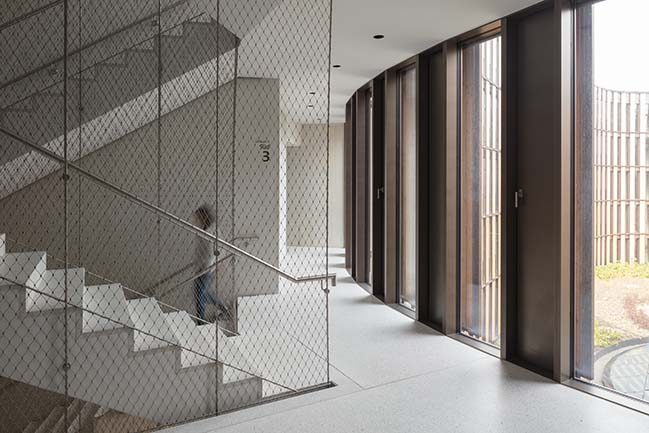
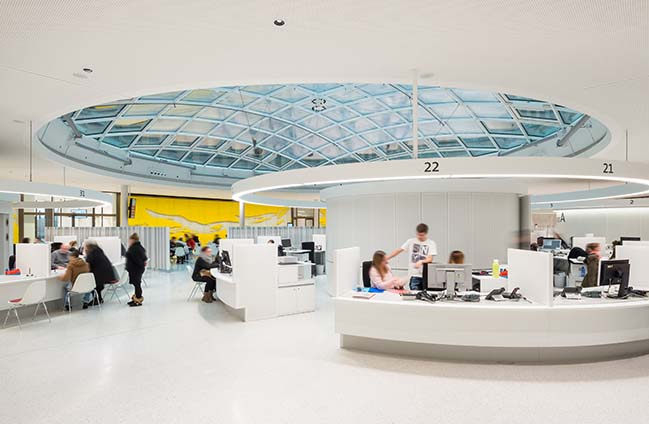
Town Hall in Germany by Ingenhoven Architects
01 / 03 / 2018 Town Hall by Ingenhoven Architects is the new building of the first construction phase of the new town hall in Freiburg im Breisgau
You might also like:
Recommended post: Luxury villa with white quartz rock
